This is being written upon request by a friend of mine who wants to learn about the great queer community. I will be writing this up into parts since it is such a large topic with a lot of ground that needs to be covered. I am keeping this as general as possible because it’s incredibly easy to go into depth about these topics. I mean, there are college courses that teach this kind of stuff. So welcome to a very rough crash course.
Today we shall be going over the textbook definitions of gender and what gender is. I am only going to explain what these identities are, not describe the experiences of them.
For reference, I will be using the textbook Women’s Voices, Feminist Visions (Sixth Edition) by Susan M. Shaw and Janet Lee to help me. Page numbers will be associated where credit is due (yay, citations!). Please keep in mind that I am not a certified expert in this, I am just a queer community member attempting to make somethings a bit more clear for others. Also remember that I am trying to be as general as possible, because there are whole books devoted to this kind of stuff, while I am trying to squeeze it into this tiny article.
First of all, gender, sex, and sexuality are all different. The easiest way to describe this (credit for this goes to drag super star Courtney Act) is this:
-sex is what is in-between your legs (your genitals)
-sexuality is in your heart (who you are attracted to)
-gender is in your head (how you identify, who you are)
Gender is a way that society creates, patterns, and rewards our understandings of femininity and masculinity, or the process by which certain behaviors and performances are ascribed to “women” and “men”. Society constructs and interprets perceived differences among humans and gives us “feminine” and “masculine” people. These words are intentionally placed in quotation marks to emphasize that notions of femininity and masculinity are fluid and socially constructed – created by social processes that reflect the various workings of power in society (p.116).
When you are born, depending on the type of genitals you have, you are labeled as a “male” or “female”. If you are born “female” you are expected to act feminine and follow feminine values and stereotypes. If you were born “male”, you are expected to act masculine and follow masculine values and stereotypes. Depending on what culture/society you grow up in, you may be given more or less wiggle room at remaining within these binary gender lines. Identifying as male or female means you identify within the traditional gender binaries (p.117).
Gender assignment is usually given to us at birth and determined by our physical body type to be male or female. Corresponding gender performances (behavior, dress, activities that one may participate in, etc.), are usually enforced based on the individual’s assignment at birth (p.119).
Gender identity concerns how one feels internally about one’s own gender. This gendered sense of self that comes from within and may or may not match one’s assigned gender at birth. The ways we present ourselves to the world are our expression of gender. (p.119)
Gender expression is how we perform and express gender to those around us. Gender is a pervasive theme in our world, shaping social life and informing attitudes, behavior and individual’s sense of self. Basically, it is one of the foundational ways that societies are organized (p.119)
Our gender expression is not always the same as our gender identity and may or may not match our assigned gender at birth (p.120).
Gender Identities:
Cisgender is if you identify with the assigned gender that was given to you at birth. So your gender expression and identity is either ‘male’ or ‘female; ‘man’ or ‘woman’. You identify with the traditional gender binary.
Transgender individuals are those who claim a gender identity or expression different from the one assigned at their birth by their family and community, resist social construction of gender into two distinct binary categories, masculinity and femininity and subvert these taken for granted categories that in most cultures are set in opposition to each other. Transgender people push at the boundaries of gender and help reveal its constructed nature by refusing to identify in any distinct category (p.120). To be transgender is not just going from one binary to another (male to female; male to female). Not all transgender people will label themselves as “transgender” or “trans”. Basically if you do not identify as cisgender, you are in one way or another transgender.
Transsexual, likely to see this term to describe transgender people who believe they are born with the wrong bodies of the wrong sex and who desire chemical or surgical altering in the form of hormone therapies or sex reassignment surgeries. They transition from female to male (FtM, F2M, or “transman”) and male to female (MtF, M2F, or “transwomen”) (p.120).
Genderqueer/Genderfluid people: imagine gender as a scale; one end is “male” and on the other end is “female”. The smack middle is completely neutral. Genderfluid individuals are never set in one place on the scale, they are always fluctuating. One day they might be closer to one end of the scale, the next they may feel somewhere else on the scale. Fluctuations can change at any time.
Agender is where you do not have gender; you identify as being without gender, though you may present yourself as masculine, feminine, or androgynous.
Demi- is where you identify partially with a gender. Demiboy/girl/fluid/etc.
Non-Binary is an umbrella term for not identifying with your birth-assigned gender. You know you don’t identify with a binary gender, but you also don’t fit into a specific box.
There is a ton (so many) more specific terms for how you identify your gender. Personally, I do not like them because it just gets everyone confused and it kind of defeats the purpose of what it means to be transgender, which is to get rid of the boxes we put ourselves in. However, if you identify with one of those more specific gender-identities, you do you, boo. Just remember that not a lot of people will know what it is and you will have some explaining to do.
Wait, what about pronouns? Just ask. Always ask. It’s different for everyone, and asking is better than assuming. The most gender neutral term you can use is “they/them”. Using they/them to refer to individuals is a good habit to get into, even though it may feel weird because it goes against prescriptivist grammar rules. Most non-binary or transgender people will not be offended (contrast to popular belief) if you ask them what their pronouns are; majority of us will be happy that you had the courtesy to ask. And never everuse "it" to describe someone. It dehumanizes them and referring to them as less than human is just rude.
A few other terms that may be good to know…
Cross dresser: the practice of wearing the clothes of the opposite’s sex, or the sex different from that to which a person was assigned in childhood. This is not necessarily transgender behavior, but is done for many reasons (for example for actors undertaking roles and drag queens. I will go into depth about drag in another article) (p.121).
Androgyny: as a concept, it is different from transgender, but a performance of a transgender identity may be androgyny; it can be defined as a lack of gender differentiation or a balanced mixture of recognizable feminine and masculine traits. It is an example of transgender behavior because it attempts to break down the binary categories of femininity and masculinity (p.122).
Gender is like a vast sea: we see the surface of it and some of the underwater contents, but there is so much to learn about it and the majority of it is unknown to many. The deeper we go, the more we have to learn and understand, grasping concepts that are not always easy to wrap our minds around. Like I said before, there are entire classes and books devoted to this kind of stuff (women’s studies, gender theory, etc.).
Tune in next week, as we go through a crash course in sexuality...

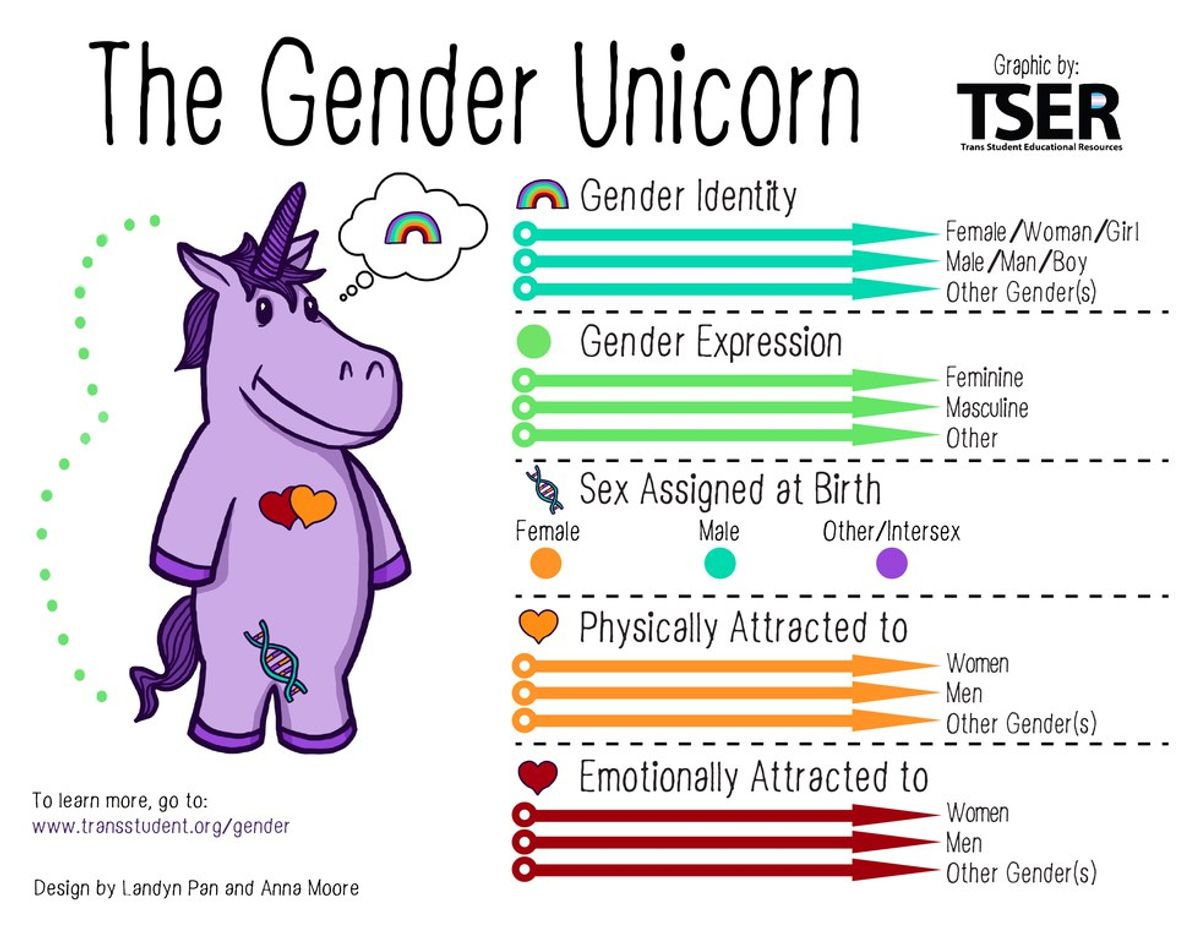

 Photo by
Photo by  Photo by
Photo by  Photo by
Photo by 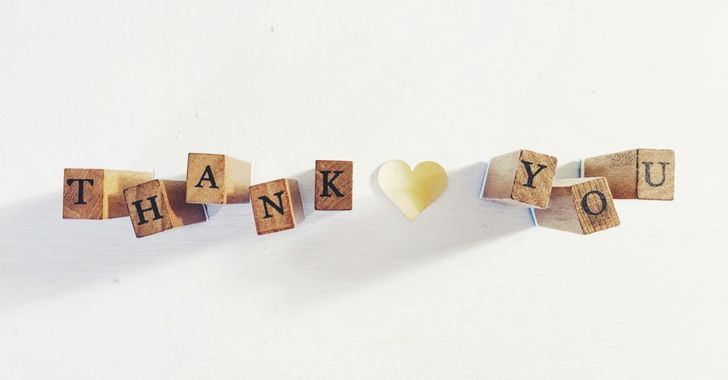 Photo by
Photo by 


 people sitting on chair in front of computer
people sitting on chair in front of computer

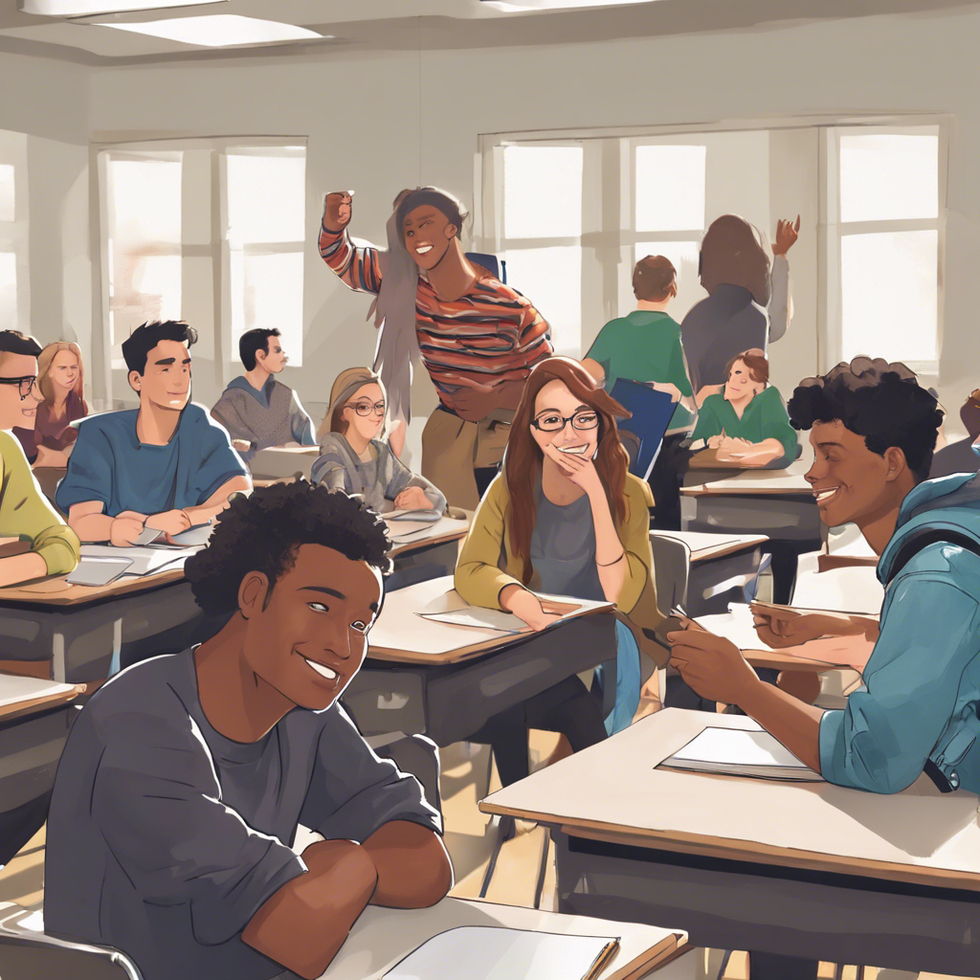

 all stars lol GIF by Lifetime
all stars lol GIF by Lifetime two women talking while looking at laptop computerPhoto by
two women talking while looking at laptop computerPhoto by  shallow focus photography of two boys doing wacky facesPhoto by
shallow focus photography of two boys doing wacky facesPhoto by 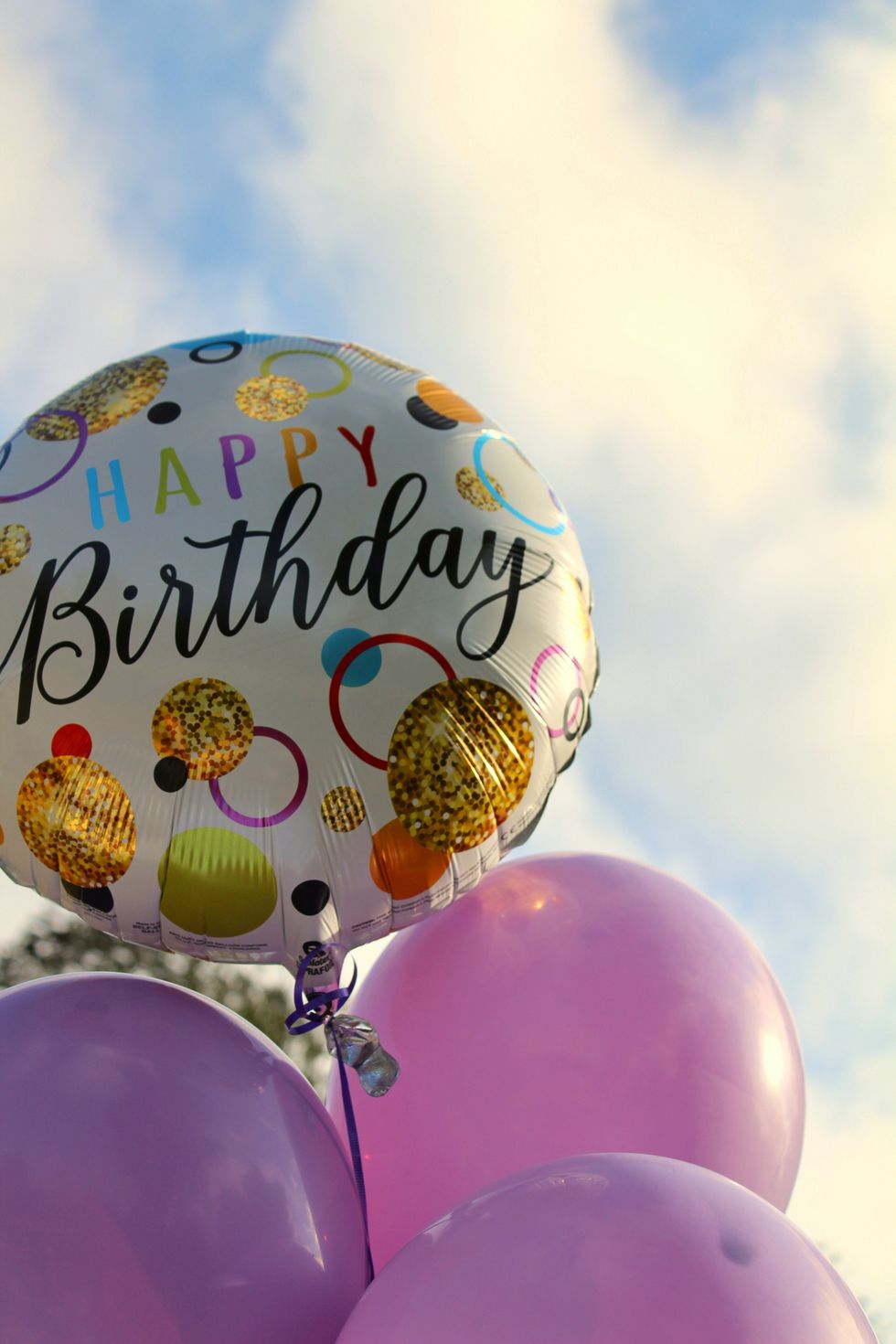 happy birthday balloons with happy birthday textPhoto by
happy birthday balloons with happy birthday textPhoto by 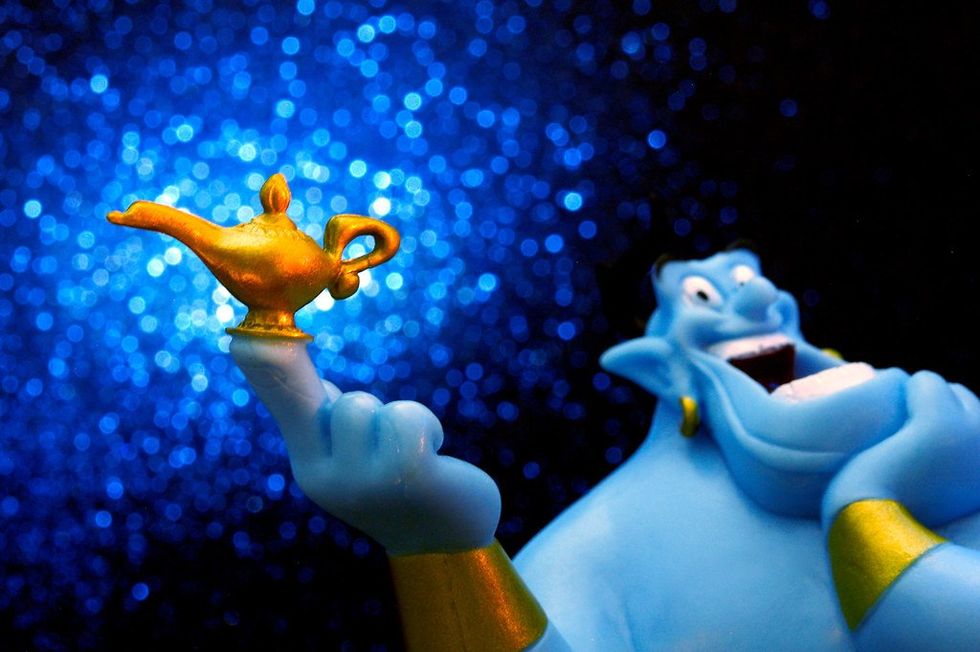 itty-bitty living space." | The Genie shows Aladdin how… | Flickr
itty-bitty living space." | The Genie shows Aladdin how… | Flickr shallow focus photography of dog and catPhoto by
shallow focus photography of dog and catPhoto by  yellow Volkswagen van on roadPhoto by
yellow Volkswagen van on roadPhoto by  orange i have a crush on you neon light signagePhoto by
orange i have a crush on you neon light signagePhoto by 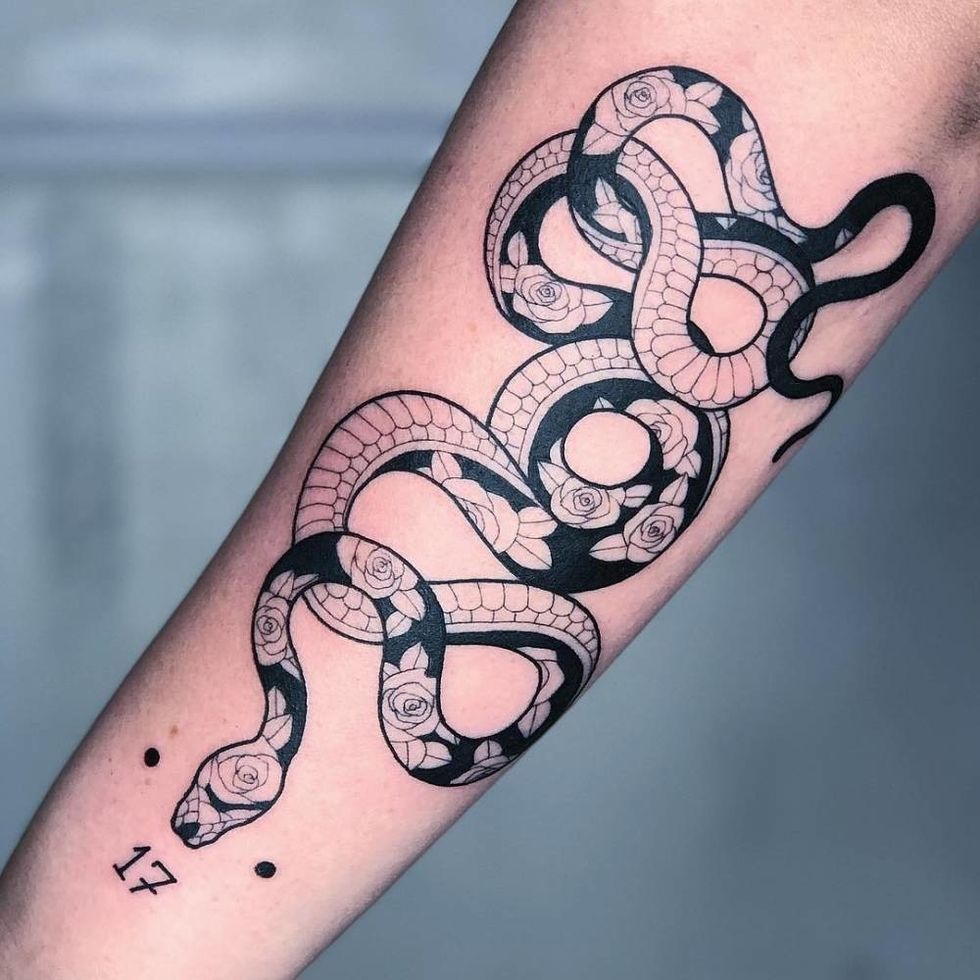 5 Tattoos Artist That Will Make You Want A Tattoo
5 Tattoos Artist That Will Make You Want A Tattoo woman biting pencil while sitting on chair in front of computer during daytimePhoto by
woman biting pencil while sitting on chair in front of computer during daytimePhoto by 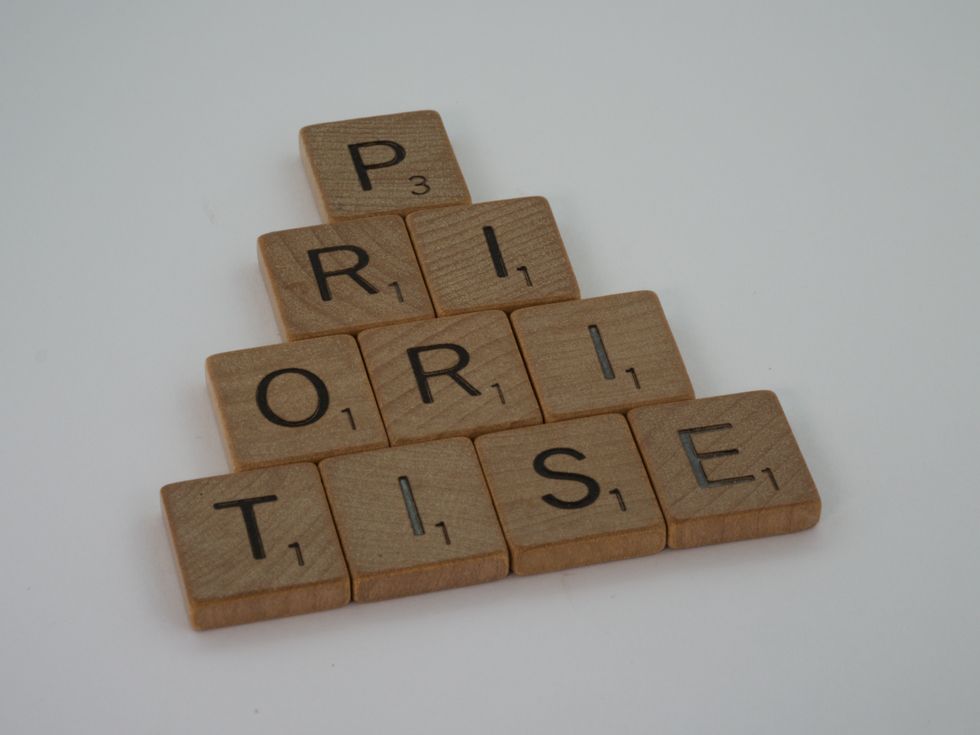 a scrabbled wooden block spelling the word prizePhoto by
a scrabbled wooden block spelling the word prizePhoto by 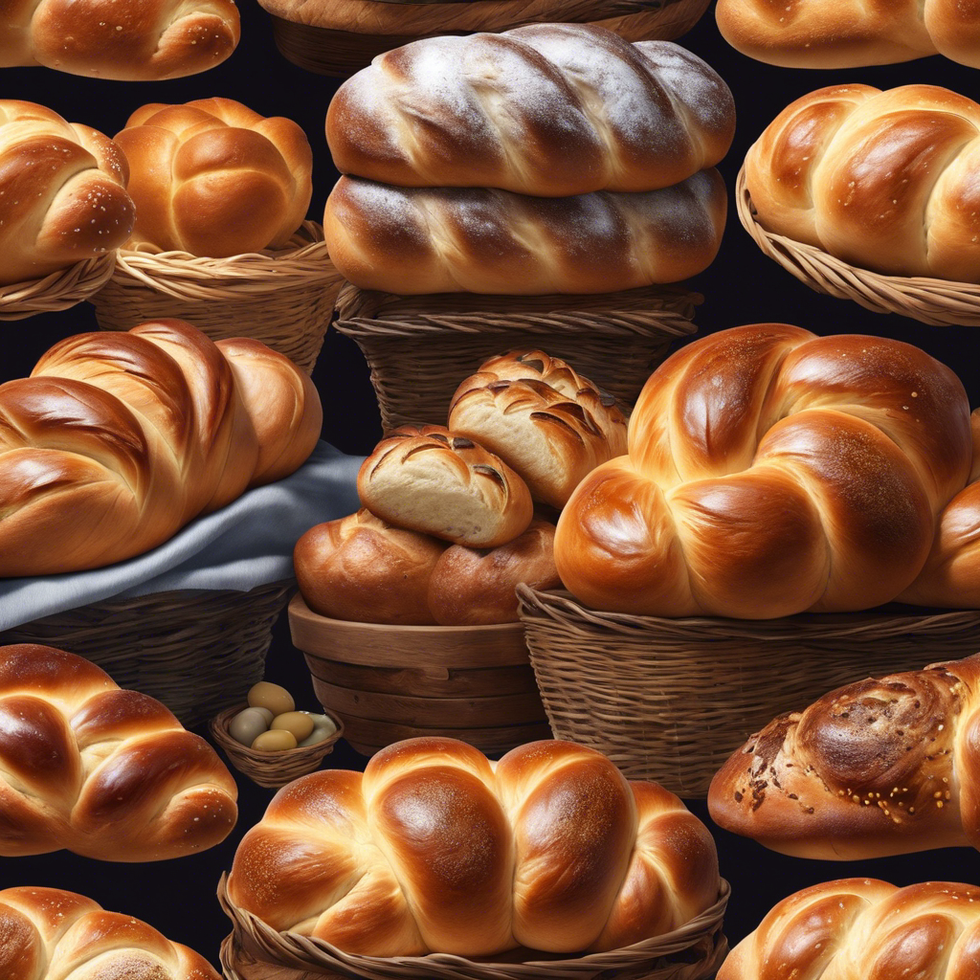
 StableDiffusion
StableDiffusion
 StableDiffusion
StableDiffusion
 StableDiffusion
StableDiffusion

 women sitting on rock near body of waterPhoto by
women sitting on rock near body of waterPhoto by 








